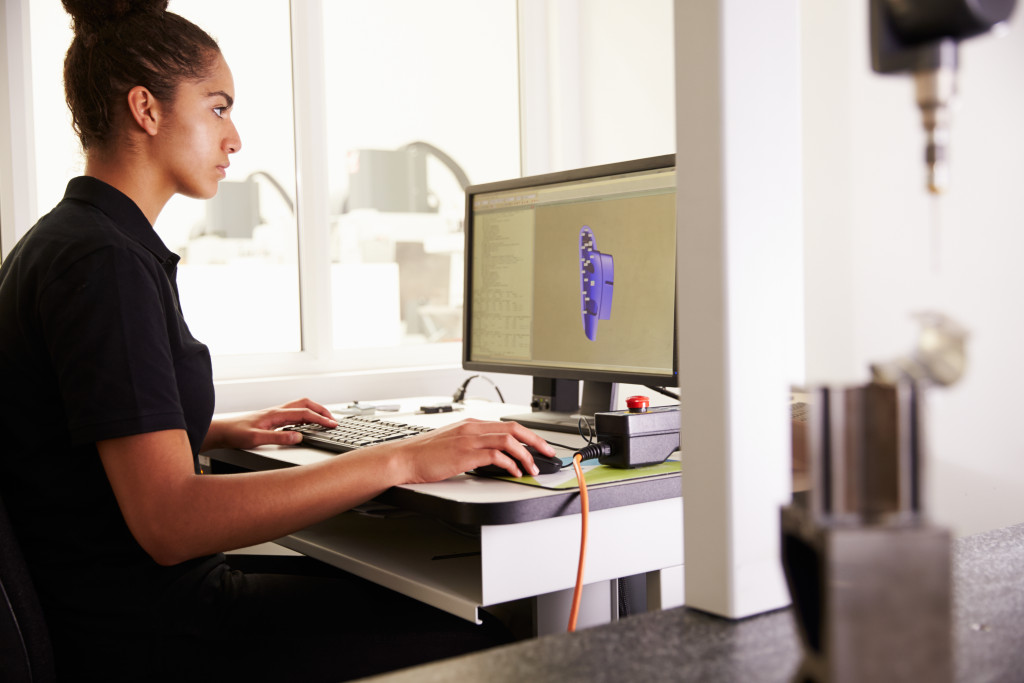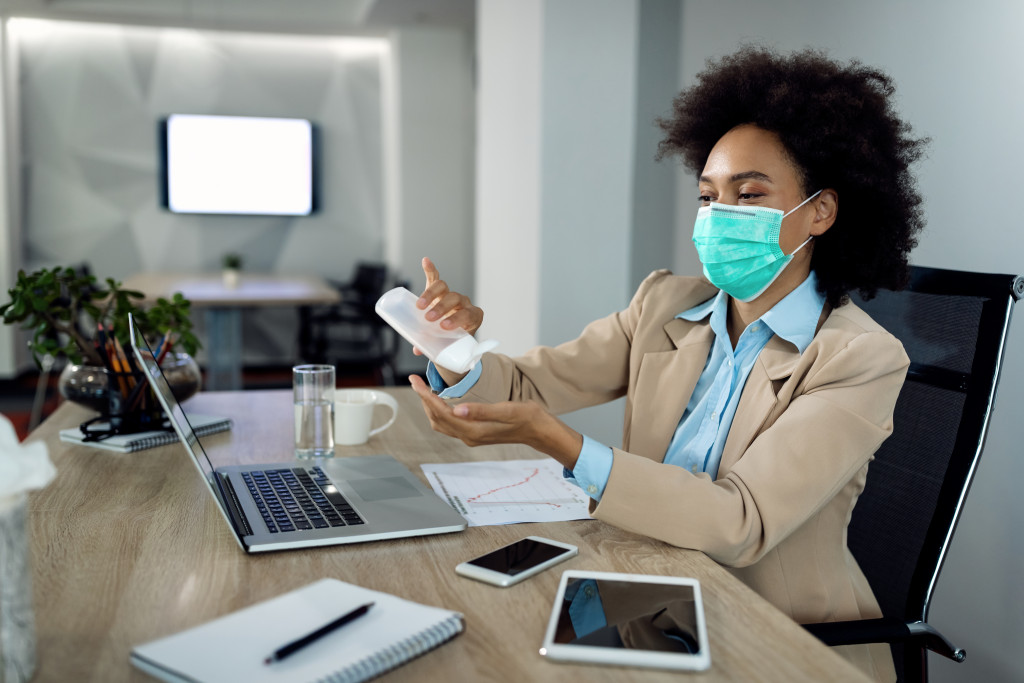Because of the surge in Delta-variant infections that started in July 2021, businesses had to delay reopening their offices although they are now allowed to accept workers in-office. It was a decision that some workers accepted with hesitation for fear of getting the coronavirus. In fact, 30% of workers don’t want to return to office work, while 20% would want to, but not until next year.
For some offices, however, managers and executives are keen on having their employees at their desks. Desperate for a paycheck, workers have little recourse, but to agree. If you can’t do anything about return-to-work orders or you’re in a similar situation, you have to ensure that you can return to your office desk safe against the coronavirus.
Here are some tips that can help you follow your employer’s orders while keeping you and those around you safe against the risk of COVID-19:
Consider Working Separately
If you have a medical condition, you are considered a high-risk individual. If you get infected, you could have a severe case of COVID-19. Considering this, you should be working in a safe space away from other workers. You and your employer should ensure that there is a safe distance between you and other workers.
Inform your employer about your condition and the risks. Request for a low-cost solution that will allow you to work separately from other employees, but still within the office space. You could be moved to a separate room or put in an area where there’s limited foot traffic.
Another option is to put a barrier around your desk, such as tables or plexiglass. If you commute to work, you can also ask your employer if you can work later or earlier than usual to avoid rush hour when there are many commuters.
Another option is to contact your trusted real estate agent for local listings of apartments near your workplace. You can minimize your commute if you live near your office. You can go home to your family on weekends anyway.
Work Fully Recovered

If someone from your household was recently infected with COVID-19, quarantine yourself for full 14 days first, before returning to work. Don’t return to your office until every person in your household has fully recovered. Do the same if any of you are showing symptoms of the coronavirus.
If you don’t feel well, even if you don’t have the coronavirus, you tested either negative or positive for it, and you’re already vaccinated, it’s still important to quarantine yourself for two weeks. Even if it’s just a low-grade fever, a sniffle, or a simple cough, you still have to be cautious. In fact, the Centers for Disease Prevention and Control (CDC) strongly advises workers to stay at home if they’re unwell or have a sick family member at home.
COVID-19, especially the Delta variant is highly infectious. It’s best to keep it at bay while it’s still manageable. You can still work remotely while you’re in quarantine.
When you return to work after your quarantine, make sure to wear a mask, unless your co-workers are comfortable with you foregoing your mask. All of this is to keep you and your co-workers protected against COVID-19.
Practice Self-Care
It’s been more than a year since you last went to your office to work, to see your co-workers, and experience the commute or drive to work. All of this is new to you again and that’s normal. It’s a whole new transition just like you experienced when the pandemic hit. Like any other transition, this one has challenges and that can make you feel overwhelmed and stressed.
To make the transition easier, stock your desk with stuff that you enjoyed while you were still working remotely — a book, your favorite snack, an action figure, or anything to make you feel calm. A stress ball can also help.
Identify Transmission Hazards at Work
While it’s the obligation of employers to ensure the safety and health of their workers, you should also do your part. The CDC has provided guidelines for employers to minimize areas of transmission within workplace settings. As an employee, what you can do is to identify transmission hazards that employers may overlook. You and your co-workers anyway are the ones using office premises anyway. You know firsthand which places in the office pose transmission hazards.
Getting back to pre-pandemic work levels will take some time. You don’t have to pressure yourself. Take the time to adjust, no matter how long it takes. Just keep reminding yourself that this will all become normal at some point.

